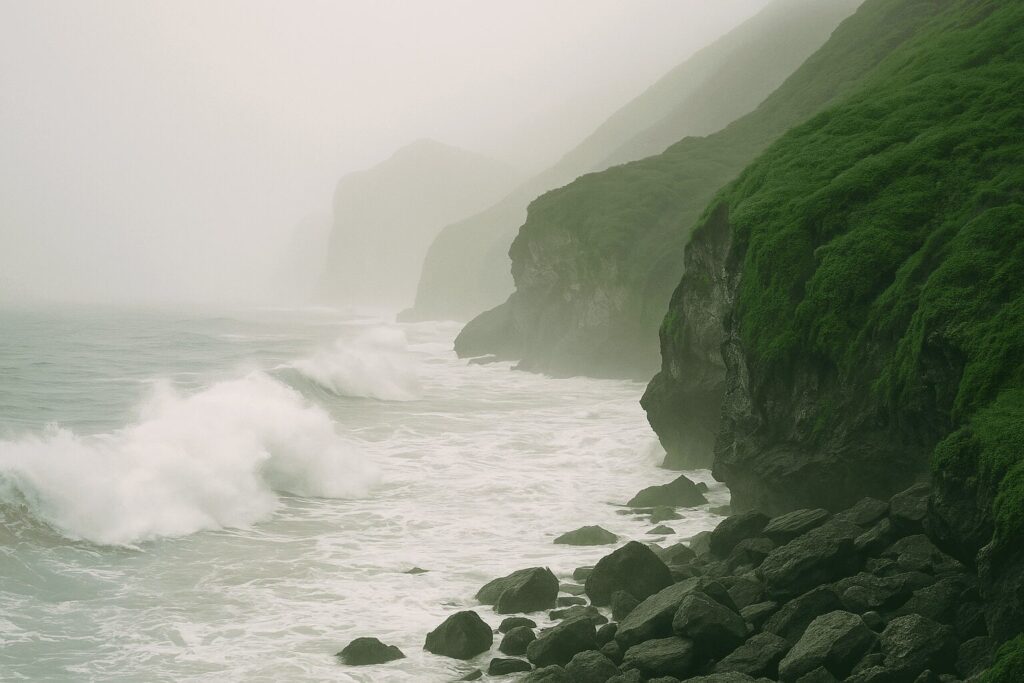
Monsoon is a shift in winds that often causes a very rainy season or a very dry season. Although monsoons are usually associated with parts of Asia, they can happen in many tropical and subtropical regions
What Causes the Monsoon?
Monsoons are primarily driven by the differential heating of land and sea. During the summer months, landmasses heat up more rapidly than adjacent oceans, creating low-pressure zones over the land and high-pressure zones over the sea. This pressure difference causes moist air from the ocean to flow inland. As this moist air rises over the heated land, it cools and condenses, leading to cloud formation and precipitation.
In contrast, during the winter months, the land cools faster than the ocean, reversing the pressure gradient. This causes dry air to flow from the land to the sea, leading to dry conditions over the land.
Why Does Monsoon Cause Rain?
The most intense rainfall-producing monsoons occur during the summer near the Indian Ocean. As the ocean’s warm waters evaporate, moisture rises into the atmosphere. This shift alters wind patterns, driving humid air toward land in nations like India and Sri Lanka. When this warm, moisture-rich air cools, it condenses into clouds, resulting in prolonged periods of heavy rain and increased humidity that can persist for months.
In contrast, when winds shift direction during winter, the phenomenon is known as a winter monsoon. Unlike summer monsoons, these winter winds in Indian Ocean regions generally bring dry conditions.
Where Do Monsoons Occur?
Monsoons are prevalent in regions where there is a significant difference in temperature between land and sea, typically in tropical and subtropical areas. Notable monsoon systems include:
- South Asian Monsoon: Affects countries like India, Bangladesh, Oman, Yemen, and Nepal.
- East Asian Monsoon: Influences China, Korea, and Japan.
- Australian Monsoon: Impacts northern Australia.
- West African Monsoon: Affects countries in West Africa.
- North American Monsoon: Influences parts of Mexico and the southwestern United States.
Khareef (Summer Monsoon):
The cloudy and rainy sky is facing Dhofar mountains only which acts as barrier isolating humid air from desert dry air. The length of the cloudy part is up to 150 km and 80 km in width. The monsoon winds, driven by southerly trade winds, begin in May and persist until September, playing a crucial role in seasonal weather patterns. In Dhofar, Oman, the Khareef monsoon brings persistent drizzle, starting in late June and lasting until mid-September, transforming the landscape into lush greenery. Comparatively, India experiences monsoon rains earlier, typically beginning in late May, about a month before the monsoon reaches Dhofar.
What are the parameters of an active summer monsoon over Dhofar?
- High temperature over Himalayan Mountains and Arabian Peninsula
- Strong monsoon wind
- Sea Water Upwelling
What are the features of active Khareef?
- Drizzle
- Thick low-level humidity layer
- High monsoon wind speed cover large area of Arabian Sea
Guidelines for People During Khareef Season:
- Drive carefully – Roads can be slippery due to constant drizzle. Use fog lights in misty areas.
- Check weather updates – Heavy mist and rain can affect outdoor plans
- Monitor sea conditions – Khareef winds can cause rough waters; check forecasts before heading out.
